The truth about Croatia’s beaches: crystal-clear or hidden contamination?
Based on the recent media publications which issued warnings on “brown slime” and the uninviting appearance of the Adriatic Sea to some tourists, we prepared the article to demystify the truth.
The Croatian Adriatic Sea is one of Europe’s cleanest, earning top marks in environmental assessments.
However, like any coastal destination, not all beaches shine equally.
This article delves into Croatia's dirtiest beaches, water quality issues, and the nation’s standing under Europe’s Bathing Water Directive.
By the end, you’ll understand why Croatia boasts some of the cleanest beaches in Europe, and where and why a few exceptions might exist.
Are beaches in Croatia clean?
Yes, most of Croatia's beaches are impeccably clean. According to the latest report under Europe’s Bathing Water Directive, Croatia ranks among the top countries for water quality, with 99.1% of its 894 tested sites deemed excellent.
This remarkable statistic cements Croatia’s reputation for pristine coastlines.
The crystal-clear Adriatic Sea is a testament to the nation’s environmental efforts.
However, challenges such as beach contamination and sea-blooms occasionally arise, affecting specific locations.
Europe’s Bathing Water Directive
Europe’s Bathing Water Directive sets stringent standards for water quality, ensuring safety and cleanliness for swimmers across EU member states.
How does Croatia measure up?
In 2023, Croatia achieved a stellar ranking: 886 out of 894 sites tested were rated excellent.
With a 99.1% excellence rating, Croatia surpasses traditional clean-water leaders like Austria and Cyprus when focusing on coastal areas. This achievement highlights Croatia’s commitment to maintaining its beaches, yet some isolated problems persist.
Beach Contamination in Croatia
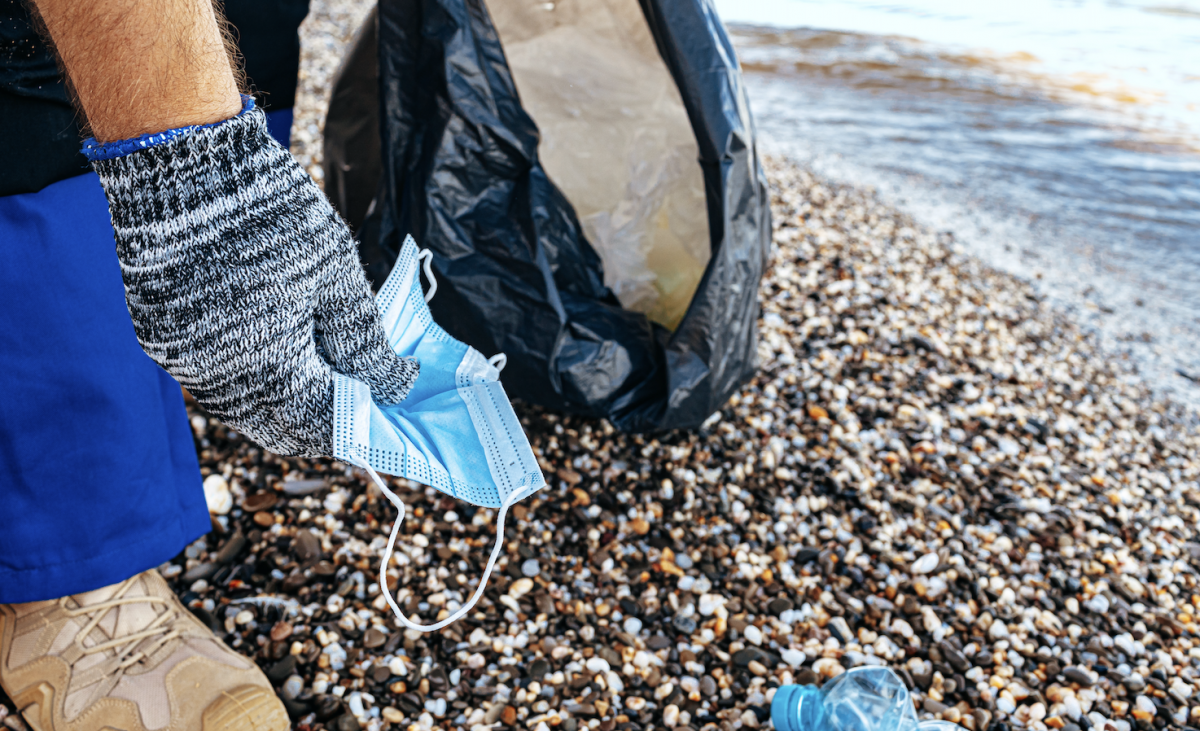
Beach contamination can occur even in well-maintained areas due to several factors:
- Heavy rains can wash pollutants into coastal waters.
- Overcrowding and inadequate waste management strain resources.
- Algal blooms, exacerbated by rising sea temperatures, can temporarily cloud waters.
- Seaweed slime or algal bloom is not considered harmful for swimmers, but some bathers do not like it. Your skin feels sticky right away, so you have to take a shower.
- Waste is a far bigger problem than sea bloom. Especially plastic waste which occurs in rising plastic usage and poor waste management.
What is sea bloom?
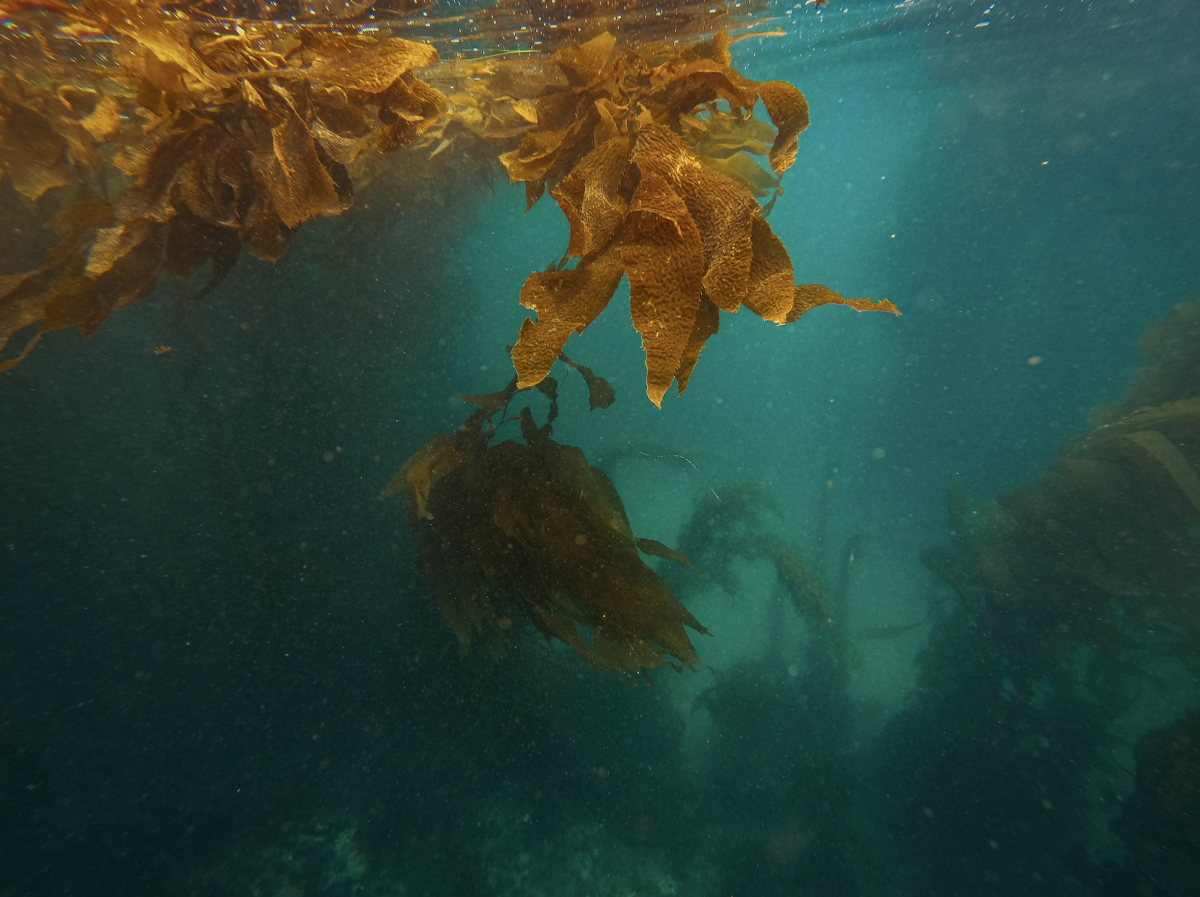
What is Sea bloom? Sea bloom, or algal bloom, naturally occurs when algae proliferate rapidly in marine environments, often discoloring the water and releasing toxins. It happens at the end of June and the beginning of July. It is a natural process where algae go through the reproduction faze.
What causes the sea bloom? The phytoplankton bloom has been facilitated by high temperatures and freshwater input from recent heavy rainfall.
Freshwater input has reduced the salinity of the sea surface, allowing phytoplankton to multiply quickly.
Mucilage can also be formed during the algal bloom, visible even from space (satelite point of vew) as it accumulates along the coast.
There has been a significant warming of all five European seas over the past few decades, especially since the late 1970s.
According to experts, sea bloom is not poisonous or dangerous, but organic materials that decompose create an odor on the surface.
HABs - Harmful algal blooms (red tide) is out of control grow, and emitting of toxins that could be harmful for wildlife and humans. Red tide can reduce oxygen levels in the ocean and cause many issues in underwater world.
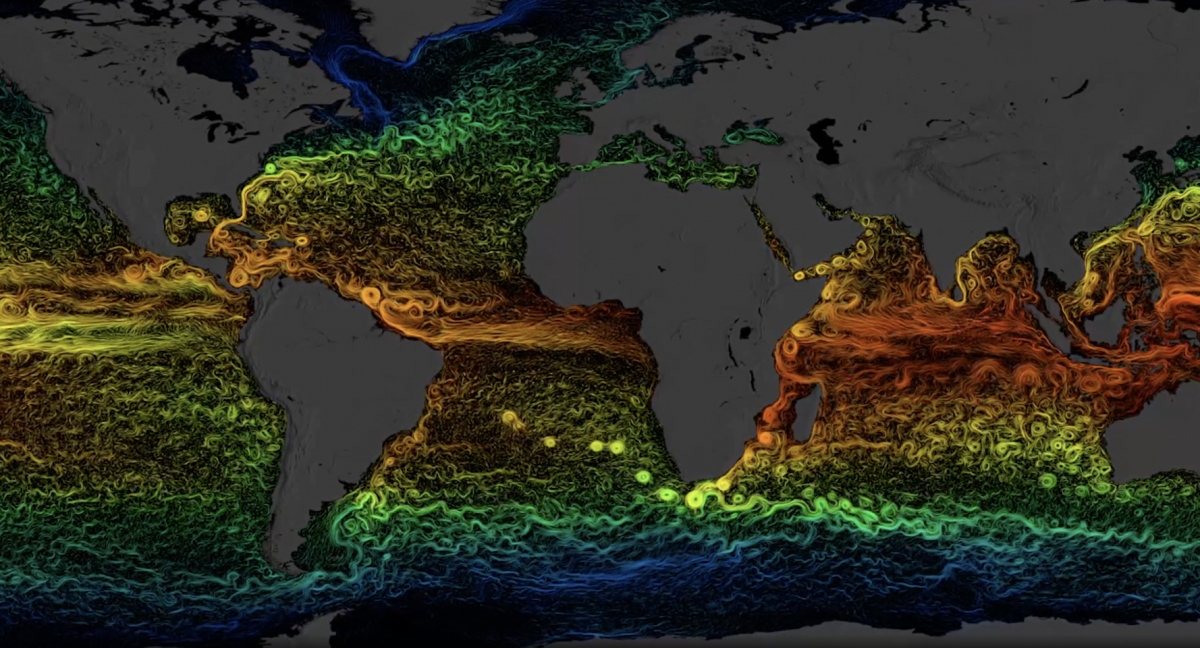
Photo credit: NASA+
It happens in North America, and can cause losses in tourism industry and seafood production.
On the other side, the Adriatic Sea is a part of the Mediterranean Sea, which oceanographers often describe as a unique marine environment.
It is interesting to note that the concentration of microorganisms in Mediterranean waters tends to be lower, leading to a relatively low concentration of particles.
This characteristic allows sunlight to penetrate quite deeply, reaching depths of up to 120 meters in certain areas.
Is Croatia home to the worst beach in Europe?
No, Croatia does not have the worst beach in Europe. While a handful of beaches may face challenges, the vast majority maintain excellent standards. Poorly rated beaches are typically isolated incidents, quickly addressed by local authorities.
In contrast, Croatia’s overall performance on environmental metrics places it at the forefront of clean, safe destinations.
The dirtiest beaches in Croatia
While Croatia is recognized for its cleanliness, a few beaches fall short due to natural phenomena or human activities. Identifying these sites helps travelers make informed decisions.
1. Kantrida Beach, Rijeka
Problem: Proximity to urban areas contributes to occasional contamination.
Causes: Runoff from nearby cities and industrial zones.
2. Zaton Beach, Dubrovnik-Neretva County
Problem: Seasonal sea blooms affect water clarity.
Causes: Rising sea temperatures and nutrient accumulation.
3. Slatina Beach, Opatija
Problem: Crowding and lack of adequate waste management.
Causes: High tourist influx during peak seasons.
4. Ploče Beach, Dubrovnik
Problem: Unusual spikes in bacteria levels during specific times of the year.
Causes: Stormwater runoff and temporary sewage overflows.
The Croatian Adriatic Sea – the cleanest in Europe?
With 99.1% of its coastal sites rated excellent, the Croatian Adriatic Sea is arguably the cleanest in Europe.
Unlike oceanic coastlines, the Adriatic benefits from:
- Reducing the accumulation of debris.
- Coastal areas have minimal heavy industry, limiting pollution risks.
- Regular testing ensures issues are promptly addressed.
Croatia consistently ranks among the best in Europe for water quality, competing closely with countries like Cyprus, and Greece.
Why do Croatia’s beaches stand out?
Croatia's beaches are among Europe’s cleanest for several reasons:
- Authorities enforce policies aligned with Europe’s Bathing Water Directive to monitor and protect water quality.
- The Adriatic Sea’s unique currents and geology naturally support excellent water clarity.
- Local organizations and residents play an active role in beach cleanups and conservation efforts.
Top crystal-clear beaches to visit in Croatia
For travelers seeking pristine waters, here are some of Croatia’s most beautiful beaches:
1. Zlatni Rat, Brač Island
Famous for its golden horn-shaped spit, this beach is a global symbol of Croatia’s Adriatic beauty. Zlatni Rat is often mistakenly referred to as a sandy beach. However, it is primarily a pebble beach. The pebbles are smooth and fine, providing a comfortable surface for walking and relaxing.
Visitors can enjoy a range of amenities, including sunbed and umbrella rentals, showers, restrooms, and a selection of beach bars and restaurants located under the shaded canopy of mature pine trees.
Accommodation on the Brac Island
2. Stiniva Cove, Vis Island
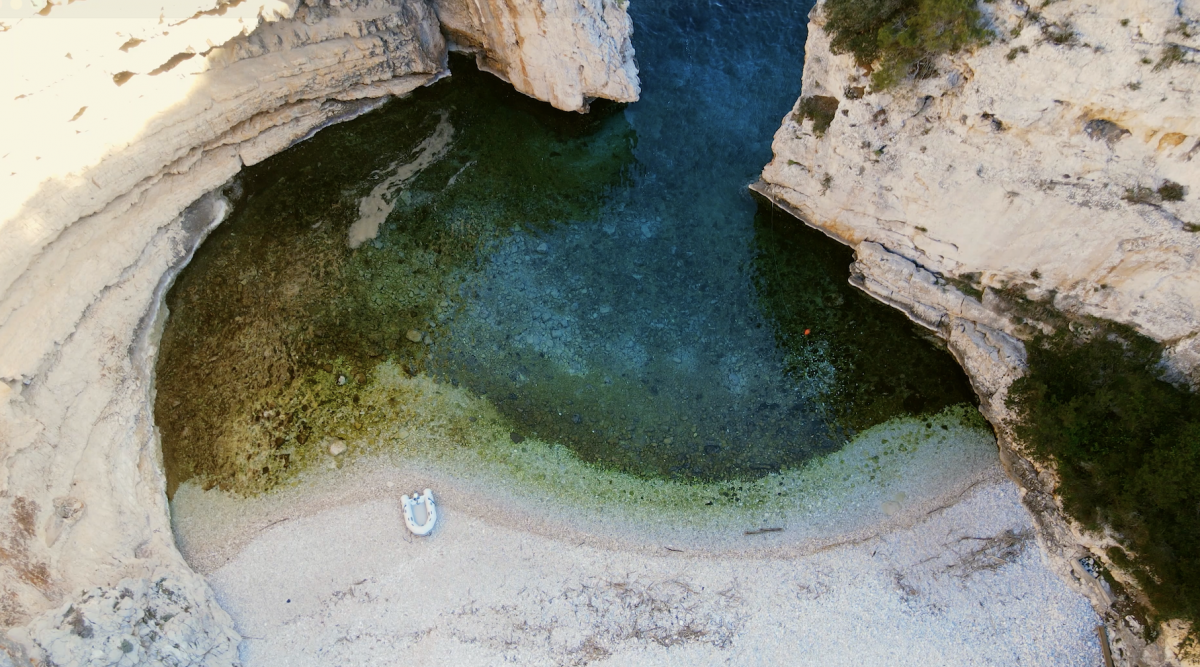
Stiniva Cove, on the southern coast of Vis Island, is a hidden beach surrounded by towering cliffs that form a natural amphitheater. Its narrow, 10-meter-wide sea entrance opens to a secluded pebble beach, making it one of Europe's most beautiful spots.
Visitors can access the cove via a steep 20-minute hike from Žužec village or by boat, with many choosing organized tours. While there is a small beach bar, the remote location means limited amenities, so bringing supplies is recommended.
To enjoy its serene beauty, visiting early in the day is ideal, as it can get crowded during peak season.
Accommodation on the Vis Island
3. Punta Rata, Brela
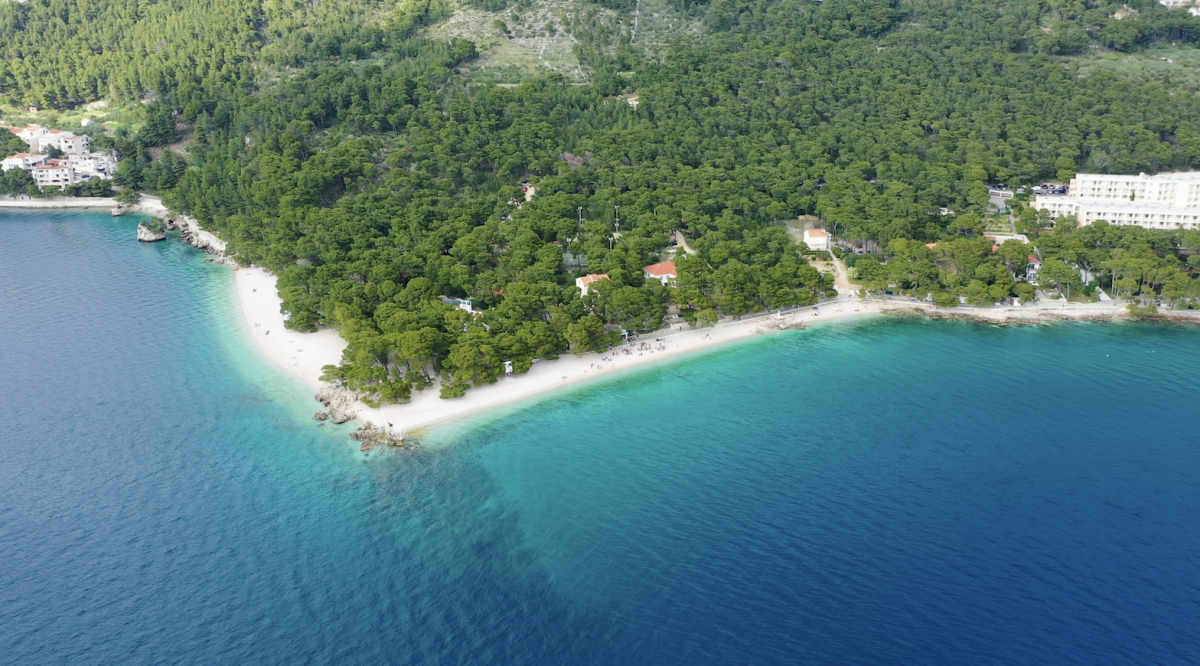
Punta Rata Beach in Brela, part of Croatia's Makarska Riviera, is famed for its white pebbles and crystal-clear waters.
Named one of the world’s most beautiful beaches by Forbes in 2004, it is surrounded by pine forests that offer natural shade. A highlight is the iconic Brela Stone, a rock with pine trees growing on it, emerging from the sea as a symbol of Brela.
The beach provides amenities such as cafes, water sports, and sunbathing spots, making it ideal for relaxation and recreation. With its stunning scenery and tranquil atmosphere, Punta Rata is a must-visit destination for nature lovers.
4. Sakarun Beach, Dugi Otok
Sakarun Beach, on the northwest coast of Dugi Otok, is known as the "Caribbean of the Adriatic" for its white sand and turquoise waters. Stretching 800 meters, its shallow waters extend up to 250 meters from the shore, making it perfect for families and relaxed swimming.
The beach is surrounded by pine forests that provide natural shade and has two small cafes for refreshments. Visitors can easily reach Sakarun via a tourist train from the nearby village of Božava.
This peaceful spot is a must-see for those seeking an escape on Croatia's Adriatic coast.
5. Sunj Beach, Lopud Island
Sunj Beach is a sandy beach on Lopud Island, part of Croatia's Elaphiti archipelago. Known for its shallow waters and fine sand, it’s ideal for families, non-swimmers, and relaxation.
Visitors can reach the beach via a scenic 30-minute walk or by using golf cart taxis from the harbor. The beach offers sunbed rentals, beachfront dining, and activities like kayaking and snorkeling.
Its tranquil setting, including a naturist section, makes it a peaceful escape from the bustling city of Dubrovnik.
While Croatia’s reputation as a haven for clean beaches is well-earned, occasional challenges like beach contamination and sea-blooms remind us of the importance of environmental vigilance.
From the crystal-clear waters of Zlatni Rat to secluded gems like Stiniva Cove, Croatia remains a top destination for beach lovers.
Croatia's Adriatic coastline is overwhelmingly clean and inviting, with few exceptions. Armed with this knowledge, you can plan your next Croatian beach getaway with confidence.










